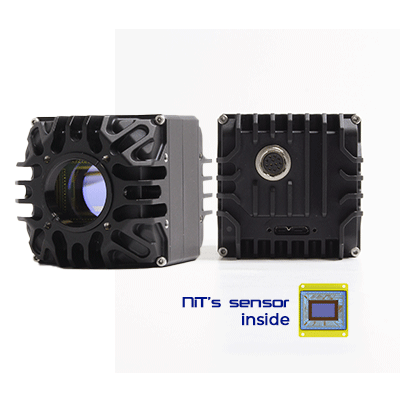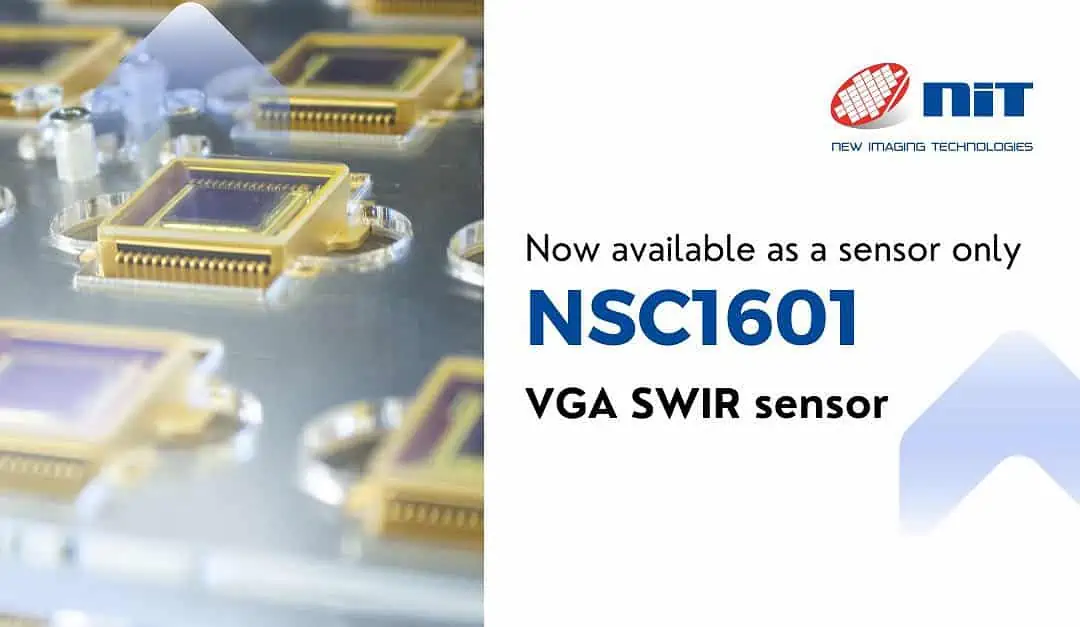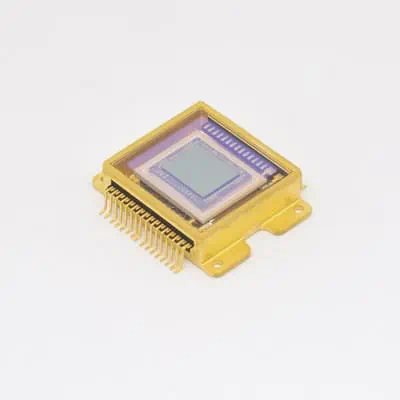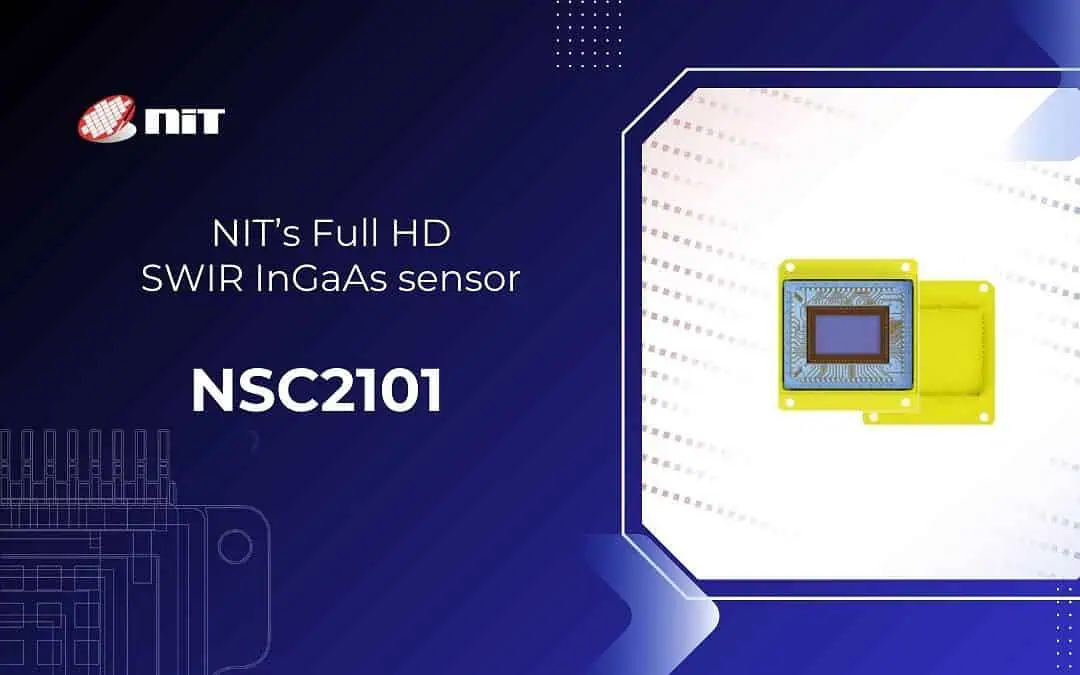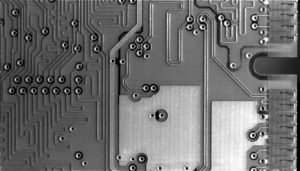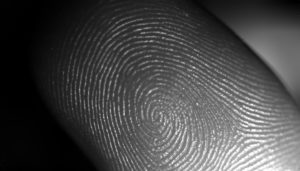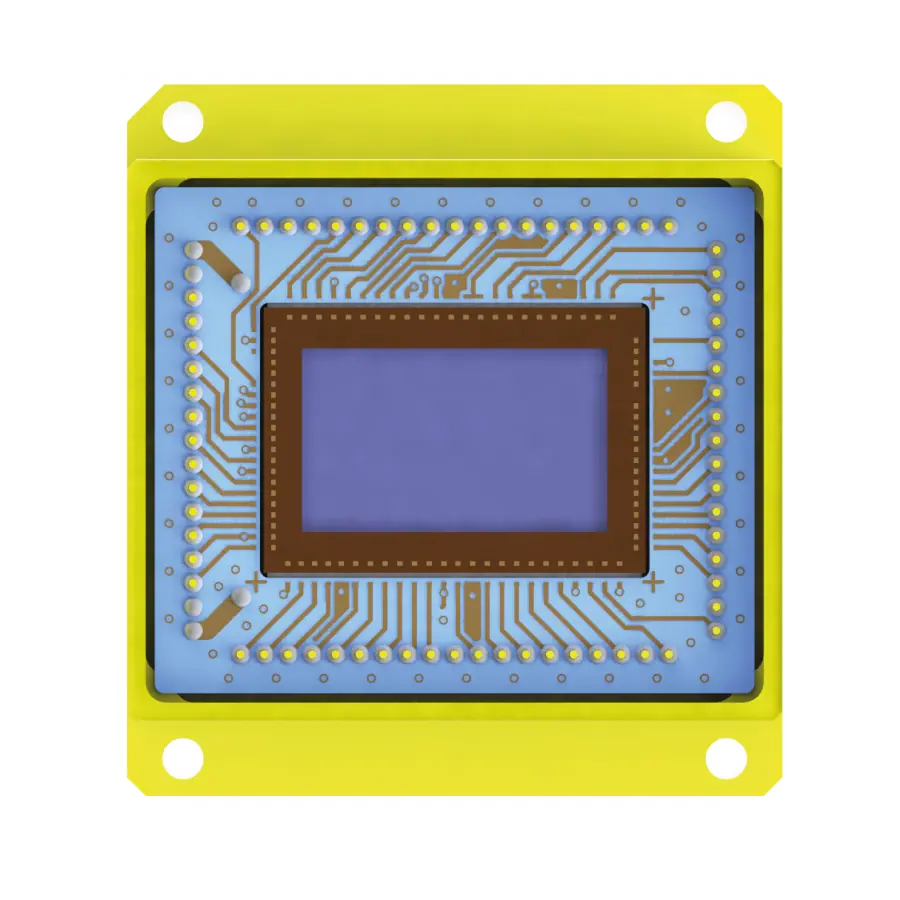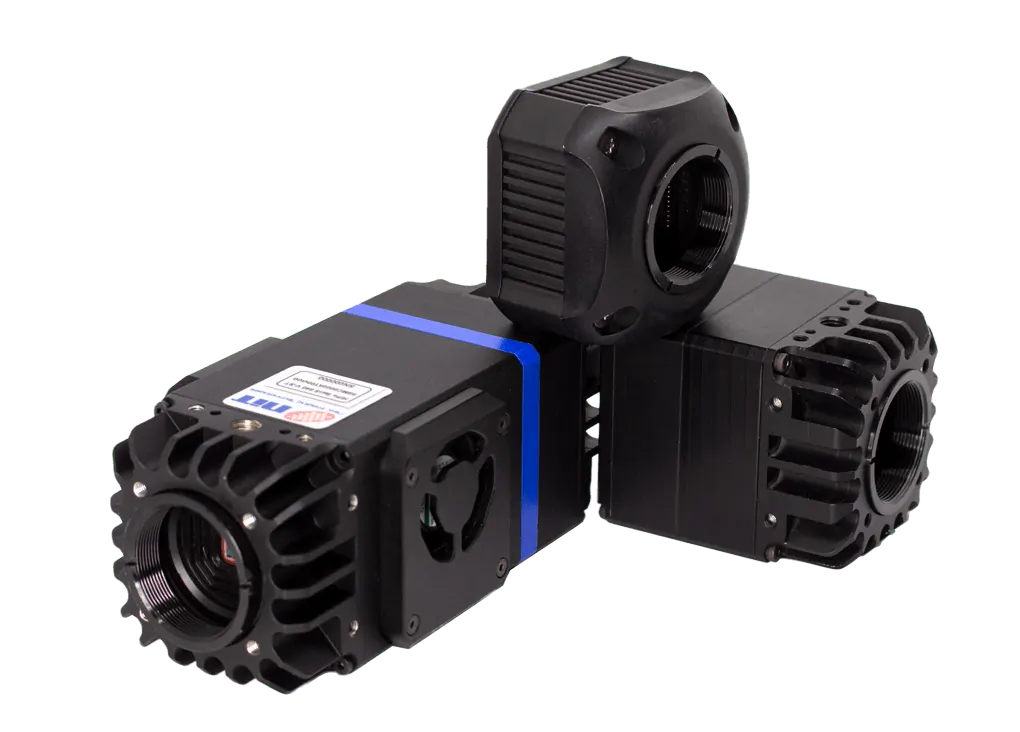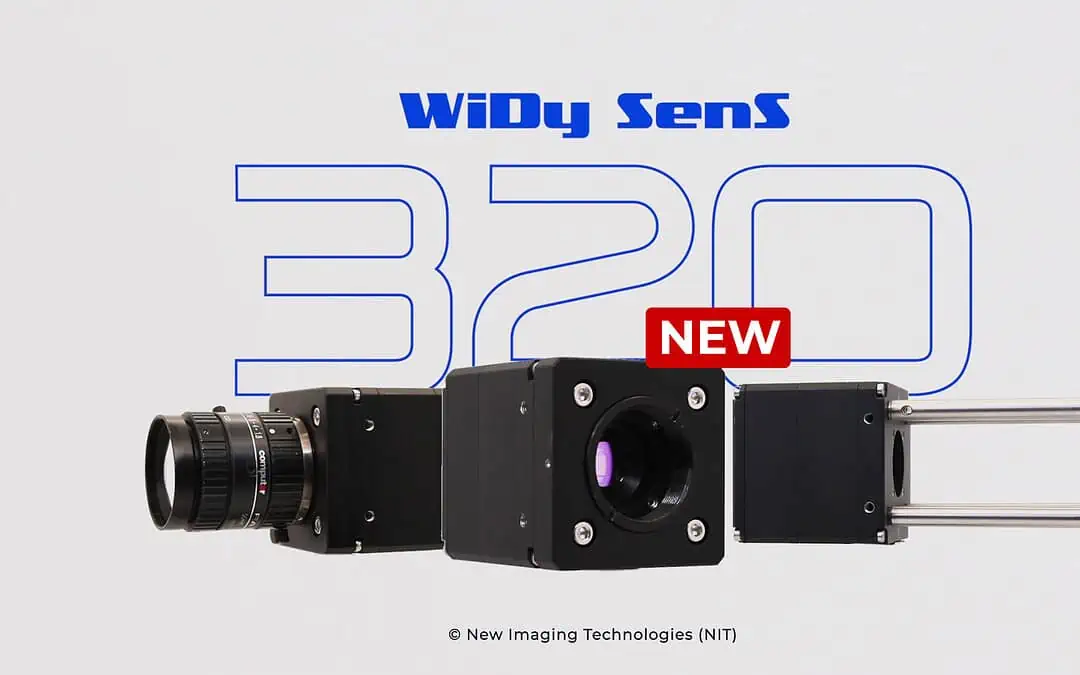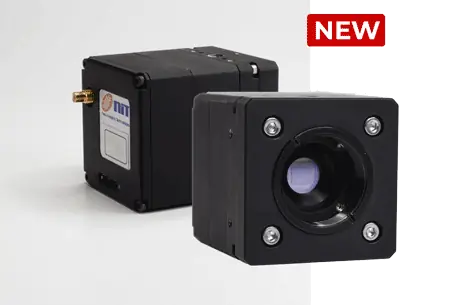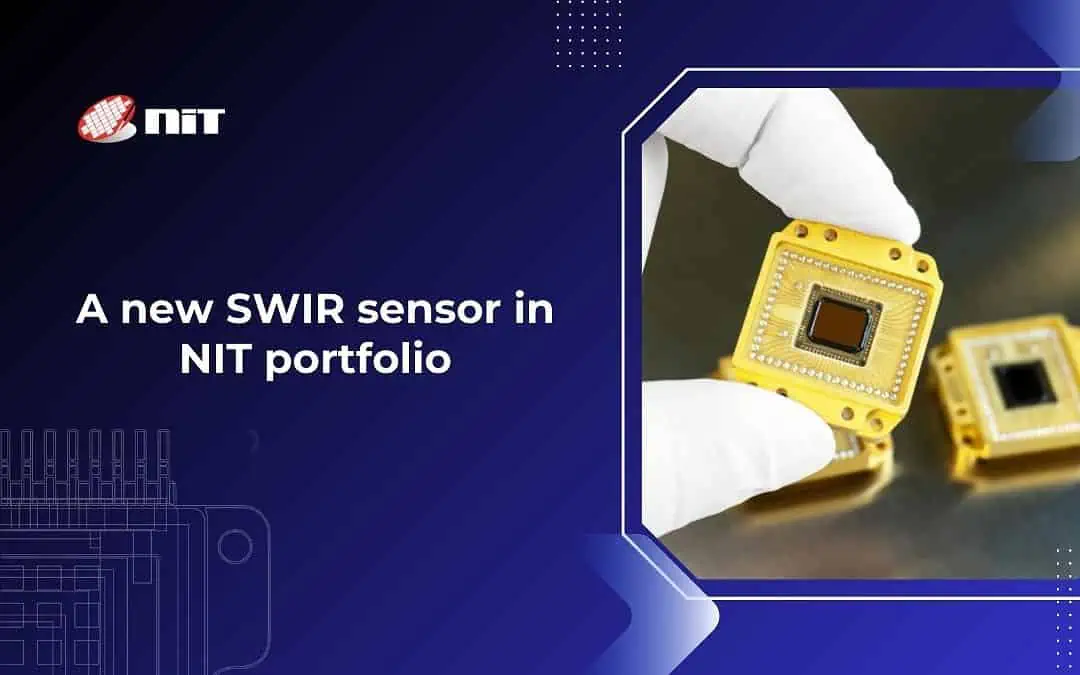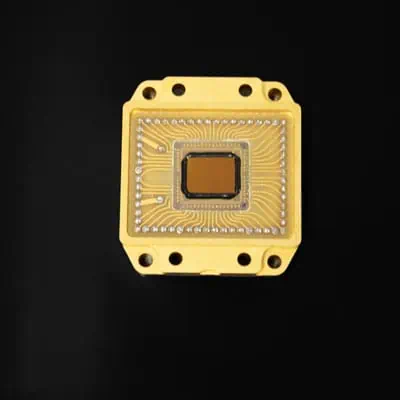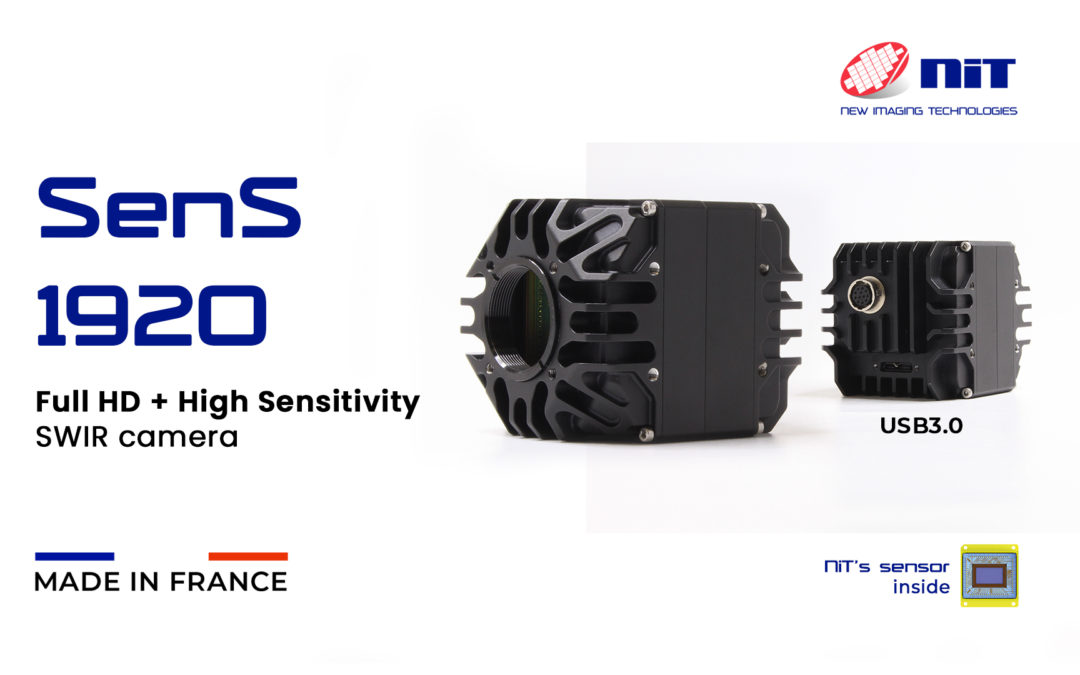
Full HD resolution : SenS 1920 A New Jewel in our SWIR Camera Portfolio
New Imaging Technologies (NIT), a leading innovator in advanced imaging solutions, is proud to announce the launch of its groundbreaking Full HD resolution SWIR camera. This state-of-the-art camera features ultra-low-noise performance at 25e-, designed to meet various industries’ rigorous demands and offer unparalleled imaging quality and precision.
SWIR Camera Technical Specifications:
- Resolution: 1920×1080 Pixels
- Pixel Pitch: 8μm
- Wavelength Range: Short-wave Infrared Imaging from 900nm to 1700nm
- Read-out Noise: 25e-
- Dynamic range: 64dB
- Frame Rate: >40Hz full frame and more with sub-windowing
- Interface: USB 3.0
Typical Applications of the SWIR Camera:
- Intelligence, Surveillance, and Reconnaissance (ISR)
- Semiconductor, Wafer, and Solar Panel Inspection
SenS 1920 uses the NSC2101 low noise focal plane array designed and manufactured by NIT
One of the standout features of the new SWIR camera is its core. The Full HD SWIR camera incorporates NIT’s proprietary InGaAs sensor, the NSC2101, underscoring NIT’s expertise in advanced imaging technology. Manufactured in France, this camera ensures the highest standards of quality and reliability, making it an essential tool for professionals in various fields.
The new camera has a USB 3.0 interface, ensuring fast and efficient data transfer. Additionally, the camera is designed for ease of use with plug-and-play functionality, allowing users to quickly integrate the camera into their systems with minimal setup. This capability, combined with its high resolution and low noise, makes the camera ideal for capturing high-quality images in the short-wave infrared range of 900nm to 1700nm. This versatility is particularly beneficial for applications such as ISR and semiconductor inspection, where precise imaging is crucial.
Full HD resolution SWIR camera
